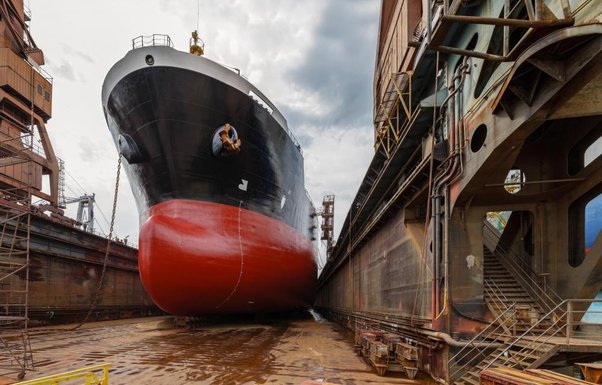Hull safety is a critical aspect of maritime operations, ensuring the structural integrity and seaworthiness of marine vessels. The hull, being the watertight body of a ship, plays a fundamental role in protecting the vessel from the harsh marine environment and ensuring the safety of its cargo and crew. This article explores the various components of hull safety, including design considerations, maintenance practices, and regulatory requirements.
1. Importance of Hull Safety
The primary function of a ship’s hull is to provide buoyancy and protection against the water pressure, weather conditions, and potential collisions. Ensuring hull safety is crucial for:
- Structural Integrity: Preventing cracks, leaks, and structural failures that could lead to catastrophic accidents.
- Crew and Cargo Safety: Protecting the lives of the crew and the integrity of the cargo on board.
- Environmental Protection: Preventing oil spills and other environmental hazards caused by hull breaches.
2. Design Considerations
Material Selection
The materials used in hull construction must be strong, durable, and resistant to corrosion. Common materials include:
- Steel: Widely used for its strength and durability.
- Aluminum: Lighter than steel and resistant to corrosion, often used in smaller vessels.
- Fiberglass: Lightweight and strong, commonly used in recreational boats.
Hull Shape and Structure
The design of the hull affects the vessel’s stability, speed, and fuel efficiency. Key design considerations include:
- Hull Shape: Different shapes, such as V-shaped, flat-bottom, and round-bottom, are chosen based on the vessel’s intended use.
- Compartmentalization: Dividing the hull into watertight compartments to prevent flooding in case of a breach.
- Reinforcements: Adding structural reinforcements to withstand high-stress areas and improve overall strength.
3. Maintenance Practices
Regular maintenance is essential to ensure the hull remains in good condition and to prevent structural failures. Important maintenance practices include:
Inspections
- Dry Dock Inspections: Periodic dry docking allows for thorough inspections and repairs of the hull below the waterline.
- Ultrasonic Testing: Non-destructive testing methods to detect thickness loss and internal defects in the hull material.
- Visual Inspections: Regular checks for signs of corrosion, cracks, and other damage.
Cleaning and Coating
- Hull Cleaning: Removing marine growth and debris to maintain hull efficiency and prevent corrosion.
- Anti-Fouling Coatings: Applying coatings to prevent the buildup of marine organisms that can damage the hull and reduce efficiency.
- Corrosion Protection: Using sacrificial anodes and corrosion-resistant coatings to protect the hull from rust and corrosion.
Repairs
- Welding and Patching: Repairing cracks and holes in the hull using welding and patching techniques.
- Reinforcement: Adding additional reinforcements in areas that experience high stress or have shown signs of weakening.
4. Regulatory Requirements
Maritime safety regulations ensure that vessels meet specific standards for hull integrity and safety. Key regulatory bodies include:
- International Maritime Organization (IMO): Sets global standards for ship safety, including hull construction and maintenance.
- Classification Societies: Organizations such as Lloyd’s Register, DNV GL, and the American Bureau of Shipping provide certification and classification services to ensure compliance with safety standards.
- National Regulations: Individual countries have their own maritime safety regulations that vessels must adhere to when operating within their waters.
5. Technological Advancements
Advancements in technology continue to improve hull safety. Innovations include:
- Hull Monitoring Systems: Real-time monitoring systems that use sensors to detect stress, cracks, and other potential issues.
- Advanced Materials: Development of new materials that offer improved strength, durability, and corrosion resistance.
- Robotics and Drones: Using underwater robots and aerial drones for inspections and maintenance tasks, reducing the need for human divers and increasing safety.
Conclusion
Hull safety is a fundamental aspect of maritime operations, crucial for ensuring the structural integrity and seaworthiness of vessels. By focusing on robust design, regular maintenance, compliance with regulatory standards, and embracing technological advancements, the maritime industry can enhance hull safety and protect lives, cargo, and the environment. Ensuring the integrity of the hull is not just a matter of regulatory compliance but a commitment to the overall safety.
Also Read About: How to Build a Tea Shop: A Step-by-Step Guide

